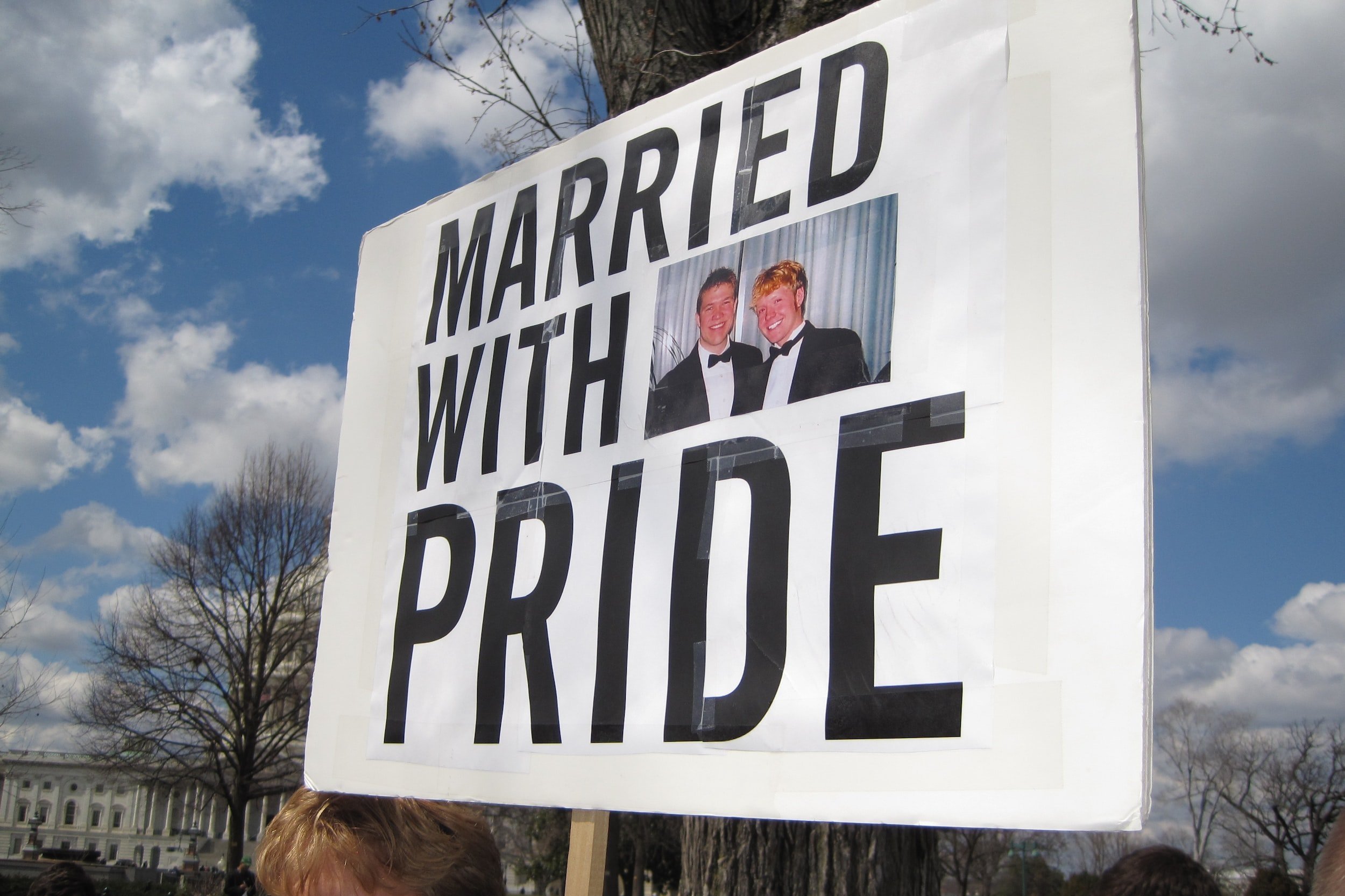Pride History of Canada
Pre-Colonial Era
Prior to European settlement, LGBTQ+ people were part of the Indigenous society in the form of the term ‘two-spirit’ people: individuals within First Nations tribes who were gay, lesbian, bisexual, or transgender. With European arrival, and thus Christianity, a new era of repression begins for such people.
1890
People who are caught having homosexual relationships can be charged with the crime of ‘gross indecency’. Later on, the far more serious charge of ‘the abominable crime of buggery’ is introduced. The increasing repression of members of the LGBTQ+ community is seen all across the British Empire at this time.
1957
The Wolfenden report recommends decriminalizing homosexuality in the United Kingdom. It takes 10 grueling years but eventually the British government acts on this recommendation. Still under heavy British influence at this point, Canada adopts this approach in 1969, though not without resistance from the public.
1961
Known homosexuals can be legally labelled ‘dangerous sexual offenders’ unless celibate. This can warrant a life sentence in prison. Aside from this, the general attitudes of the Cold War lead to increasing marginalization and persecution of LGBTQ+ people in the west.
1967
While working as a mechanic in the Northwest Territories George Everett Klippert becomes the first and only gay man to be sentenced to life in prison for his sexuality after being charged with “gross indecency”. This sparks national outrage that catalyzes the struggle for gay rights. Eventually, Klippert is freed and goes on to live out a quiet life in Edmonton.
1969
The Stonewall Riots take place in New York in response to incessant police harassment. This sets a precedent of militaristic resistance and kickstarts the gay rights movement in the United States.
1971
The Body Politic is formed in Toronto, the country’s first LGBTQ+ journalistic outlet. Today, the Daily Xtra, run by Pink Triangle, is a spiritual successor of the Politic. With the eruption of the HIV/AIDS epidemic in the 1980s, this publication is crucial in generating support for those especially affected in the LGBTQ+ community.
1981
‘Canada’s Stonewall’ takes place in Toronto on February 15th in response to the arrest of 300 gay men on the previous night. The demonstrations involve rioting in the area around Queen’s Park and the 52nd Police Precinct. Pride Day is still celebrated on the anniversary of this event.
1983-1988
The AIDS/HIV epidemic reaches Canada, disproportionately affecting the LGBTQ+ and Indigenous communities. In 1983, AIDS Vancouver and the Toronto AIDS Committee are formed to manage the crisis. By 1988, AIDS Action Now (AAN) is formed, an organization dedicated to pressuring the government to take action against the AIDS/HIV crisis.
1992
The ban on gays and lesbians in the military is lifted. The bill barring members of the LGBTQ+ community from enlisting, was found to contradict the Charter of Rights and Freedoms. In the ensuing decades, it is found that discriminatory laws against the LGBTQ+ community directly contradict the Charter more often than not.
1999
The Supreme Court rules in the M v. H case that in a common law marriage, same-sex couples are subject to the same rights as opposite-sex couples. This move comes shortly after another in 1995 allowing same-sex couples to adopt. This is a watershed moment for such couples who, for the past century, have been barred from living the same family lives as their heterosexual counterparts.
2005
Canada becomes the fourth country in the world to legalize same-sex marriage. Prior to this, only 9 out of the 13 territories had legalized it (the exceptions being Alberta, New Brunswick, Nunavut and the Northwest Territories). This move comes five years after the Netherlands, the first country to do so. To this day, relatively few countries allow for same-sex marriage.
2017
The federal government passes Bill C-16. This is an amendment to the Canadian Human Rights Act which alters it to include protection from discrimination on the grounds of gender identity and expression.
Today
There is still a long road ahead for LGBTQ+ liberation. An area of focus in the years since 2000 has been transgender rights which are still disproportionally out dated. Great progress has been made since the era of total repression over a century ago, and great progress will continue to be made in the coming decades.













